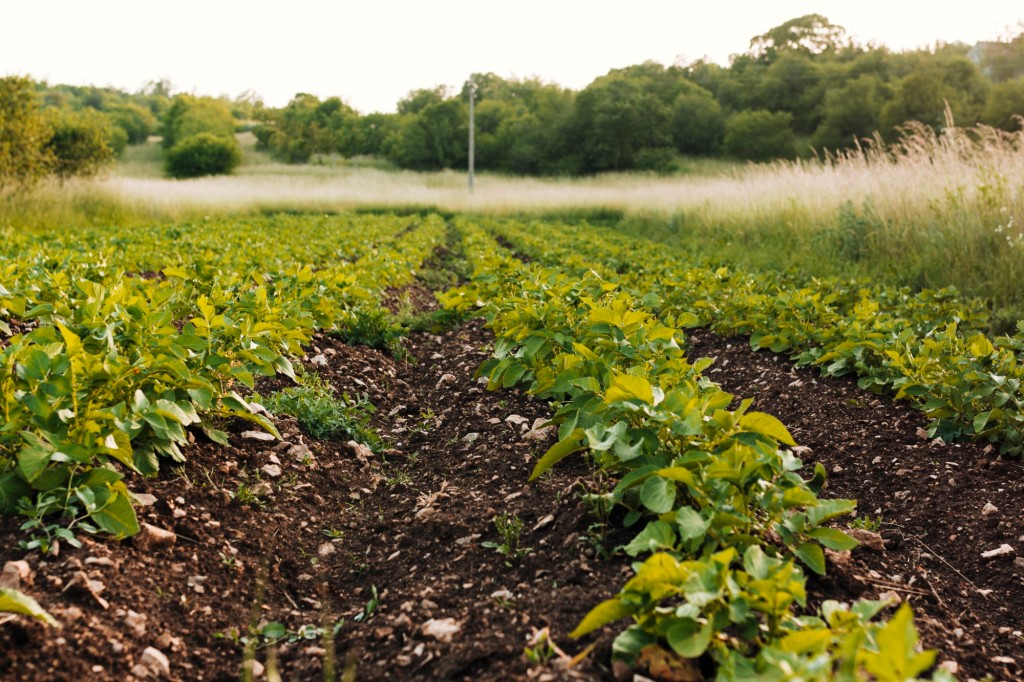Agroforestry Systems for Perennial Crops
Introduction:
Agroforestry is an innovative approach to farming that combines the benefits of agriculture and forestry by integrating trees, crops, and livestock. This system offers numerous advantages such as increased biodiversity, improved soil health, enhanced resilience to climate change, and sustainable production of perennial crops. In this article, we will explore the concept of agroforestry systems specifically designed for perennial crops.
Benefits of Agroforestry Systems:
1. Biodiversity: Agroforestry systems provide a diverse habitat for plants, animals, and beneficial insects. The presence of trees in these systems attracts pollinators and natural predators that help control pests while promoting overall ecosystem balance.
2. Soil Health Improvement: Trees in agroforestry systems contribute to soil fertility through their ability to fix nitrogen from the atmosphere. They also facilitate water infiltration into the soil, prevent erosion, enhance organic matter content, and improve nutrient cycling.
3. Climate Change Resilience: Agroforestry helps mitigate climate change by sequestering carbon dioxide from the atmosphere. The combination of trees with perennial crops provides greater stability in yields over time due to reduced vulnerability to extreme weather events like droughts or floods.
4. Economic Viability: Agroforestry systems can diversify income sources for farmers by incorporating high-value perennial crops such as fruits or nuts alongside traditional annual crops or livestock production.
Perennial Crops Suitable for Agroforestry Systems:
1. Perennial Grain Crops: Traditional cereal grains like wheat or barley are annual plants requiring replanting each year. However, there are now efforts underway to develop perennial grain crops that would eliminate the need for yearly planting while providing continuous ground cover and reducing soil erosion risks.
2. Drought-Tolerant Perennial Crops: As water scarcity becomes a growing concern globally, selecting drought-tolerant perennial crop varieties can ensure more reliable yields in arid regions. Examples include perennial grasses like switchgrass or intermediate wheatgrass, which have the potential for both animal feed and biofuel production.
3. Perennial Vegetables: While most vegetables are annuals, some varieties can be grown as perennials, reducing the need for replanting each year. Perennial vegetables like asparagus, rhubarb, or artichokes offer long-term yield potential and require less maintenance compared to their annual counterparts.
4. Perennial Fruit Trees: Fruit trees are a popular choice for agroforestry systems due to their long lifespan and high-value produce. Varieties such as apples, pears, cherries, or plums can be integrated into agroforestry designs to provide shade for understory crops while producing abundant harvests over many years.
5. Perennial Cover Crops: Cover crops play a crucial role in maintaining soil health by protecting bare ground from erosion and adding organic matter when incorporated into the soil. Perennial cover crops like clover or alfalfa not only provide these benefits but also fix nitrogen from the atmosphere, reducing fertilizer requirements for other crops in the system.
6. Lesser-Known Perennial Herbs: In addition to culinary uses, certain perennial herbs offer medicinal properties and can be easily grown in home gardens or small-scale farms. Plants like lemon balm, comfrey, or echinacea not only add flavor to dishes but also possess healing qualities that make them valuable additions to any herbal medicine chest.
7. Perennial Legumes: Leguminous plants have a unique ability to fix atmospheric nitrogen through symbiotic relationships with bacteria present in their root nodules. This natural process reduces the need for synthetic fertilizers while enriching the soil with this essential nutrient critical for plant growth.
Conclusion:
Agroforestry systems designed specifically for perennial crops offer numerous benefits ranging from increased biodiversity and improved soil health to climate change resilience and economic viability. By integrating various types of perennial crops, farmers can create sustainable agricultural systems that provide long-term yields while promoting environmental stewardship. Whether it’s through agroforestry or other innovative approaches, the adoption of perennial crops on homesteads and small-scale farms is a vital step towards achieving more sustainable rural living practices.


Leave a comment